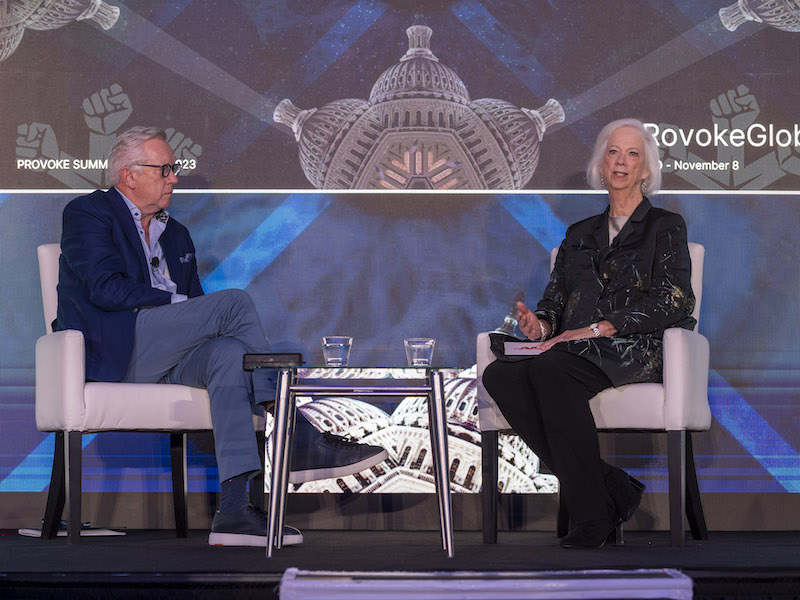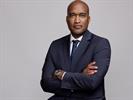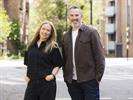Maja Pawinska Sims 08 Nov 2023 // 5:46PM GMT

WASHINGTON, DC — Engaging consumers aged over 50 has become increasingly difficult for companies and brands to navigate, with many marketing and communications campaigns missing the mark when it comes to resonating with this potentially lucrative sector of society, according to speakers at the PRovokeGlobal summit this week.
In conversation with John Saunders, president and CEO of FleishmanHillard, Martha Boudreau – chief communications and marketing officer of powerful US lobbying group AARP, which focuses on issues affecting those over the age of 50 – said “ageism is embedded in culture in ways we don’t even realise, and is further impacted by the marketing and advertising industry.”
She said: “Ageism hits all of us at different moments and what drives that is societal views as to what it is to age. In this country, productivity, raising families and vibrancy are directed associated with youth and youth is good, while being older or retired are viewed negatively. We need to think about the gift we have, to live longer than ever before.”
Boudreau said part of the problem was cultural: “In the US, how we treat people who are older is not at the level of respect you see in non-Western cultures. We’re very focused on productivity and what we’re capable of contributing to society physically. In Asia, countries like Vietnam, Korea and Japan look at age as something which is a gift and comes with wisdom. Native American cultures view older people as wisdom keepers. In Africa there’s reverence for knowledge and experience; that often in cultures that live in intergenerational relationships, and that’s not the case in the US.”
Saunders asked Boudreau – whose role includes engaging AARP’s 38 million members through all channels, including the most-read magazine in the US – to what extent communications professionals are in tune with an ageing population and marketing to people who are 50+, and how the industry gets it wrong.
Boudreau said: “I’ve been complaining about this for years and I think it’s working – I see brands who are nailing it. In brand campaigns, the creative teams, account leads and clients are focused on the younger generation because of the outdated belief that if you want to drive the brand you need to focus on the youth market. The fact is that whether you’re in auto or shampoo, consumers aged 50+ have an enormous amount of buying power – more than $8 trillion – and the time and willingness to consider new brands. Looking at the over 50s doesn’t age up your brand, it creates a new market.”
She added: “There’s often a misstep in how brands represent older people – showing that age means isolation, dependency, they show people in a healthcare setting, or sitting on a bench alone in boring clothing. All those notions make brands miss the mark, because no-one wants to be represented that way. There’s a huge gap in the understanding of what it means to age now, versus how marketing sees older people.”
One of AARP’s successes in this area has been its partnership with Getty Images, which resulted in the ‘Disrupt Aging’ collection of photographs more reflective of what being over 50 means today: “There was a dearth of pictures of older people in the workplace, their lifestyle, having fun and with friends. They are the leader in supplying imagery to global creative markets, and they had to bring it up to date.”
Boudreau concluded: “One of the greatest and most remarkable achievements of our time is increasing people’s life expectancy. If you are 50 you probably have half of your life ahead of you. What are you going to be spending your money on? Over 50s spend a lot of money on travel, cosmetics, vehicles, technology. If I said you had 50 years left when you hit 50, what would you do and think differently? Go back to school? Go and live somewhere else? Buy the car you’ve always wanted? For those of us with children, they could live to 100.
“As marketers and communicators we need to think about what that means in terms of resonating with people’s lifestyles, from 75 year olds travelling to intergenerational relationships, and all that vibrancy.”


































.jpg)

















